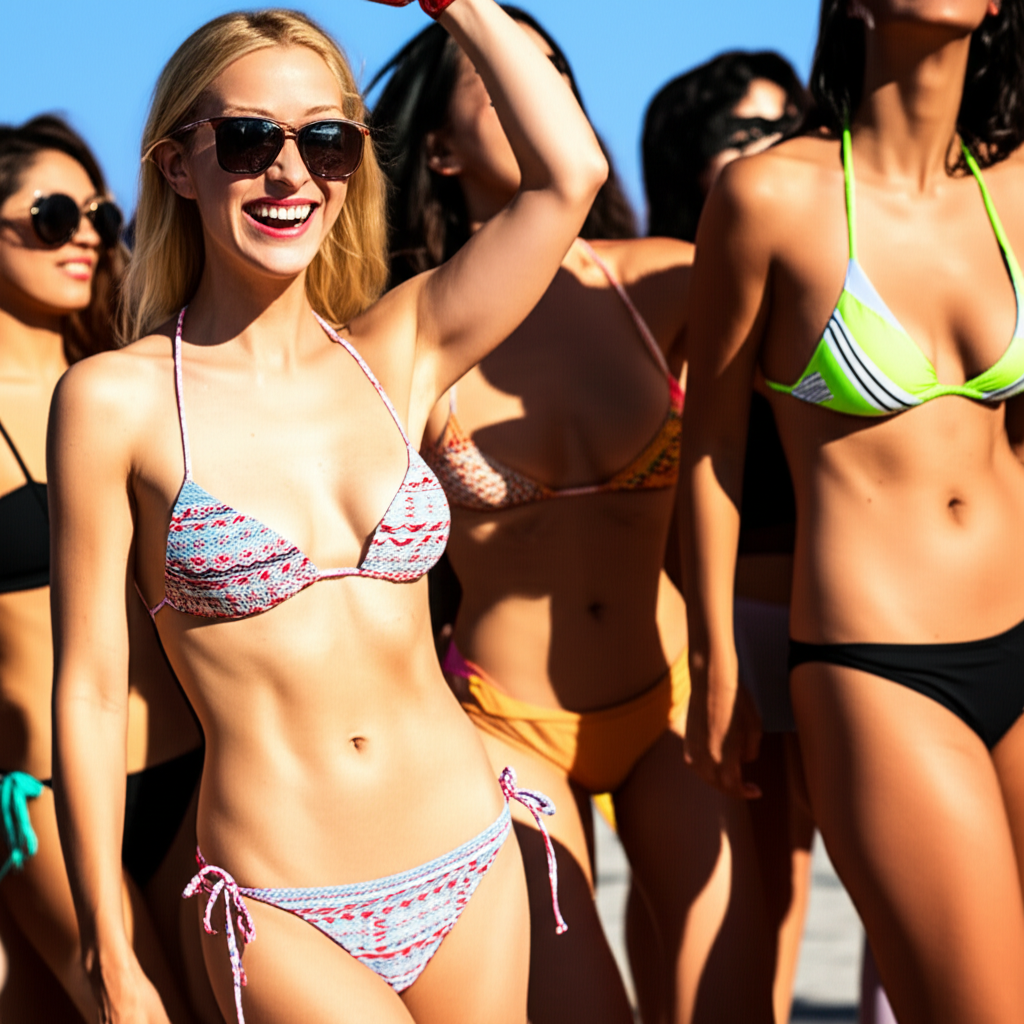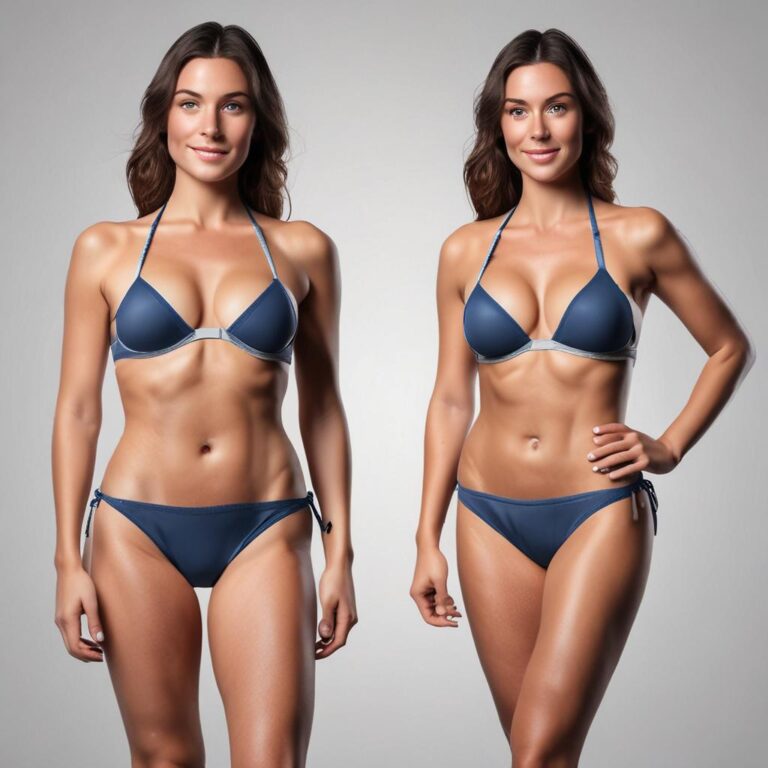The concept of Bikini Riot may seem perplexing at first glance, but it holds a significant place in the realms of social change, body positivity, and feminist movements. Understanding this concept is crucial in today’s society, where the lines between objectification, personal choice, and cultural appropriation are constantly blurred. Interestingly, the term “bikini” itself has a fascinating origin, dating back to the atomic bomb tests in the 1940s, which adds a layer of depth to the concept of Bikini Riot. As we delve into the world of Bikini Riots, it becomes apparent that this phenomenon is more than just a form of protest – it’s a movement that challenges societal norms and promotes inclusivity.
Historical Timeline
1997
Bikini Riot formed in LA
2001
First album 'Bikini Riot' released
2004
Signed to Epitaph Records
2007
Last album 'The Great Awakening' released
2010
Band disbands, members pursue solo projects
Timeline infographic for What is Bikini Riot
Introduction to Bikini Riot
The term “Bikini Riot” may evoke images of chaos and disorder, but in reality, it’s a form of protest that uses the bikini as a symbol of resistance and empowerment. To truly comprehend the significance of Bikini Riots, it’s essential to explore their historical context and modern usage. The origin of the term “bikini” is rooted in the atomic bomb tests conducted on the Bikini Atoll in the 1940s, which led to the creation of the iconic swimsuit. The term “riots,” in this context, refers to the act of challenging societal norms and expectations through a form of peaceful protest.

Understanding the Term “Bikini Riot”
A. Historical Context
The concept of Bikini Riot has its roots in the 1960s, when women began to use their bodies as a form of protest against societal expectations. The term “bikini” became synonymous with freedom and empowerment, as women reclaimed their bodies and challenged the status quo. The historical context of Bikini Riots is essential in understanding their significance, as it highlights the evolution of the movement from a form of protest to a symbol of body positivity.
B. Modern Usage
In modern times, the term “Bikini Riot” is used to describe a form of protest that challenges beauty standards and promotes inclusivity. The movement has gained significant traction in recent years, with many women using social media to share their stories and challenge societal norms. The significance of Bikini Riots in feminist and body positivity movements cannot be overstated, as they provide a platform for women to express themselves and promote positive body image.
The Concept of Bikini Riot in Action
A. Bikini Riots as a Form of Protest
Bikini Riots have been used as a form of protest in various contexts, from challenging beauty standards to promoting environmental awareness. For example, in 2011, a group of women in Ukraine staged a bikini protest against sex tourism, highlighting the objectification of women’s bodies. The role of body positivity and feminist ideals in these protests is crucial, as they provide a framework for women to express themselves and challenge societal norms.
B. Bikini Riots in Pop Culture and Media
Bikini Riots have been portrayed in various forms of media, from movies to music videos. These portrayals often perpetuate a certain image of women, which can be both empowering and objectifying. The impact of these portrayals on societal perceptions is significant, as they can either challenge or reinforce existing beauty standards.

Debates and Controversies Surrounding Bikini Riots
A. The Role of Objectification and Sexism
One of the primary debates surrounding Bikini Riots is the role of objectification and sexism. Some argue that the movement objectifies women’s bodies, while others see it as a form of empowerment. The counterargument is that personal choice and autonomy are essential in the context of Bikini Riots, as women are reclaiming their bodies and challenging societal norms.
B. Cultural Appropriation and Appreciation
Another controversy surrounding Bikini Riots is the issue of cultural appropriation and appreciation. The movement often involves the use of indigenous and cultural clothing, which can be seen as either appreciative or appropriative. The line between appreciation and appropriation is often blurred, and it’s essential to approach this issue with sensitivity and respect.
The Impact of Bikini Riots on Body Positivity and Social Change
A. Promoting Body Diversity and Acceptance
Bikini Riots have a significant impact on promoting body diversity and acceptance. By challenging traditional beauty standards, the movement provides a platform for women to express themselves and promote positive body image. The importance of inclusivity and diversity in the context of Bikini Riots cannot be overstated, as it provides a framework for women to challenge societal norms and promote social change.
B. Sparking Conversations and Inspiring Change
Bikini Riots have the power to spark conversations and inspire change. By using their bodies as a form of protest, women are challenging societal norms and promoting inclusivity. Examples of Bikini Riots leading to policy changes or social reforms are numerous, and the movement continues to inspire women to take action and challenge the status quo.

How to Participate in or Support Bikini Riots
A. Joining or Organizing a Bikini Riot
For those interested in participating in or organizing a Bikini Riot, it’s essential to approach the movement with sensitivity and respect. Tips for safe and effective participation include researching the movement, understanding the context, and being mindful of cultural appropriation and appreciation.
B. Supporting the Movement Online and Offline
Supporting the Bikini Riot movement can be done in various ways, from sharing stories on social media to participating in local events. Ways to show solidarity and support include using social media to raise awareness, attending events, and promoting positive body image.
Conclusion
In conclusion, the concept of Bikini Riot is complex and multifaceted, involving issues of body positivity, feminism, and social change. Understanding this concept is crucial in today’s society, where the lines between objectification, personal choice, and cultural appropriation are constantly blurred. As we move forward, it’s essential to approach the movement with sensitivity and respect, promoting inclusivity and diversity in all aspects of life.
FAQ
Frequently asked questions about Bikini Riots include:
- What is the difference between a bikini riot and a nude protest? The primary difference lies in the context and purpose of the protest, with bikini riots focusing on body positivity and inclusivity, while nude protests often involve a broader range of issues.
- Are bikini riots always feminist in nature? While bikini riots often align with feminist ideals, they can also be used to promote other social causes, such as environmental awareness or cultural appreciation.
- How can I safely participate in or organize a bikini riot? Tips for safe and effective participation include researching the movement, understanding the context, and being mindful of cultural appropriation and appreciation.
- What can I do if I want to support the body positivity movement but don’t feel comfortable wearing a bikini? Alternative ways to show support include sharing stories on social media, attending events, and promoting positive body image in daily life.
- How can I teach my children about body positivity and the importance of events like bikini riots? Age-appropriate ways to discuss these topics include focusing on self-acceptance, promoting positive body image, and encouraging open and respectful dialogue.




